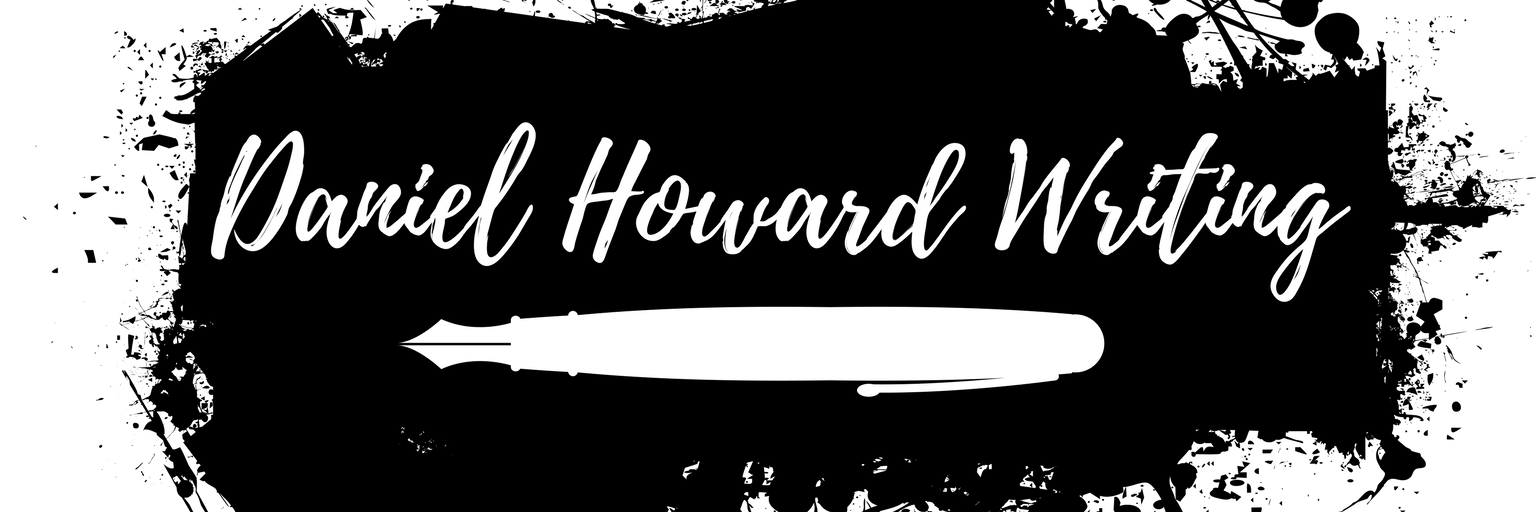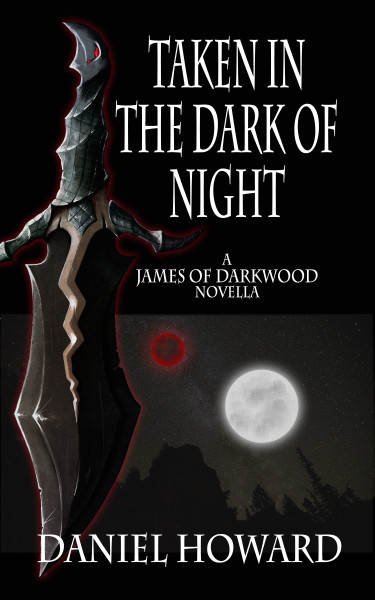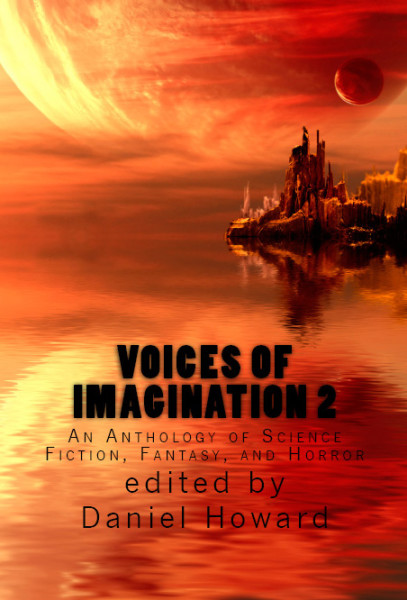I’ll throw this one right out there: I hate semicolons. In all the proofreading I’ve done in my life – a significant amount – ninety percent of the semicolons I’ve encountered have been used incorrectly. An additional nine percent of those semicolons were used superfluously, either somewhere a period would have sufficed or a conjunction would have worked better. The remaining one percent of semicolons annoy me as well, but that’s mostly a matter of habit.
A semicolon is defined as a punctuation mark that indicates a pause that is longer than a comma, shorter than a period, and typically occurs between two independent clauses. It has other functions, as well, which seem to be a better use for the punctuation mark. Typically, it is used in sentences like the following:
Bob was hungry; he ate an entire pizza.
After the opera, Sue was exhausted and went straight home; she fantasized about pillows and mattresses the entire way.
The “correct” usage of the semicolon is to link two independent clauses in this way. To work, the two clauses must be closely related. In some written work, especially non-fiction, the semicolon does serve to break up the monotony of similarly paced sentences. It does allow a writer to combine two short, sharp sentences into one long sentence. However, I find that there are generally better ways to do it. Periods and conjunctions accomplish the same goals.
The place where I find this use of the semicolon forgivable is when the writer is using a conjunctive adjective. (I had to look that term up as well, if it makes you feel any better.) The conjunctive adjectives are words like “however” and “furthermore.” By their very nature, they connect one sentence to the one that precedes it, so it isn’t straining credibility too much it one uses a semicolon in this case. Here’s an example from above.
It does allow a writer to combine two short, sharp sentences into one long sentence. However, I find that there are generally better ways to do it.
It does allow a writer to combine two short, sharp sentences into one long sentence; however, I find that there are generally better ways to do it.
As you can see, there is no effect on the meaning, and most readers wouldn’t really make the distinction between the semicolon and the period. This is a stylistic preference, however, and there is no clear prescription regarding which of the two is better.
In my experience as a reader, effective modern writers rarely resort to the semicolon, except where a degree of pretension is necessary. They are almost unseen in modern fiction, and I rarely come across them in journalism. Academia is the last refuge of the semicolon, as if to say, “I’m so smart; look at all the punctuation marks I know!”
Despite my dislike of this colon-comma hybrid, however, there is one circumstance when it is absolutely necessary: lists including long items or items with commas in them. Compare the two following examples.
Captain America is well known for his costume: a helmet with the letter “A” on it; a big star on his chest; and an unbreakable red, white, and blue shield.
Captain America is well known for his costume: a helmet with the letter “A” on it, a big star on his chest, and an unbreakable red, white, and blue shield.
All those commas started to get pretty darned distracting. It’s still readable, however, and the sentence without the semicolon isn’t likely to cause bleeding from the eyes. It’s just mildly unpleasant. In the following examples, however, the case is much clearer.
The three competitors came from Arlington, Texas; Buffalo, New York; and Columbus, Ohio.
The three competitors came from Arlington, Texas, Buffalo, New York, and Columbus, Ohio.
As you can clearly see, it’s a disaster without the semicolons. Thus, despite my dislike of the punctuation, I do recognize its necessity in certain situations. I’m also willing to admit this is a stylistic preference and that I’m being curmudgeonly. Regardless, I will attest to the fact that I am very much against the semicolon in most uses as it represents a weak half measure, and I rigorously avoid them in my own writing. If they work for you, enjoy. I’ll continue to twitch a little every time I see one.

 I'm a writer, editor, nerd, and foul-mouthed cheerleader of creative people everywhere. When not trying to force words to do my bidding, I'm a husband and father.
I'm a writer, editor, nerd, and foul-mouthed cheerleader of creative people everywhere. When not trying to force words to do my bidding, I'm a husband and father. 









